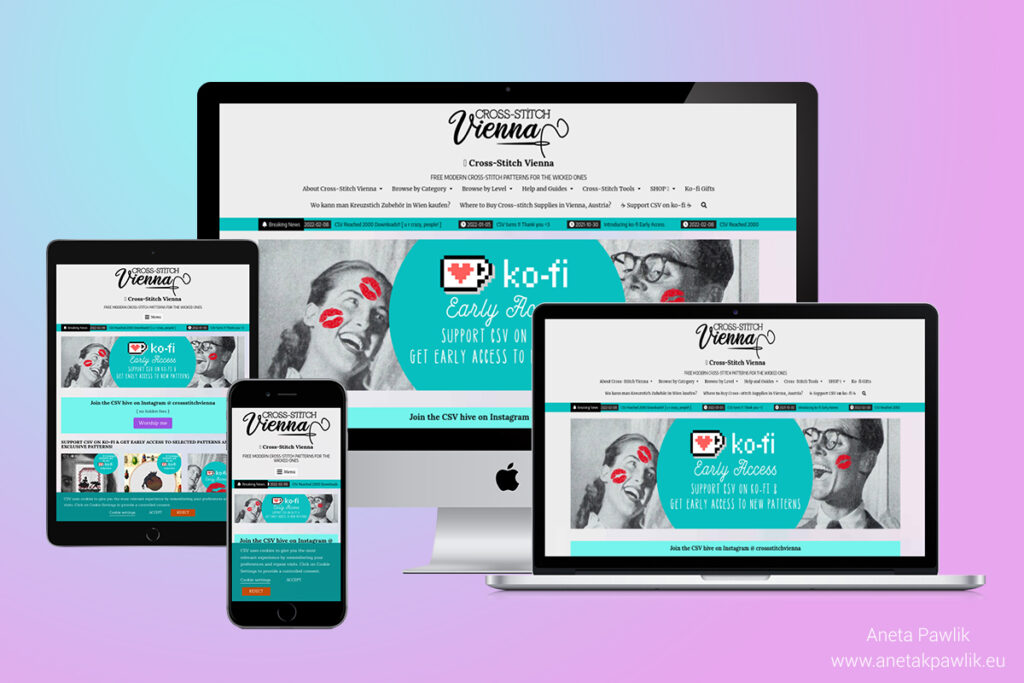A website is an online platform that allows users to communicate with each other. Basically, it is a place where information is stored and accessed. Anyone can create a website, as long as they have access to a computer and internet connection. A website’s design is an integral part of its functionality; it should be clear and accessible to everyone.
A design consists of the components that make up a website. These components include text, images, links and other multimedia elements. Every element should work together to enhance the user experience and ensure accessibility. The look and feel of a website will help people understand the content on the site. A poorly designed website conveys a negative message about the creator’s design capabilities instead of inspiring trust. A well-designed website also creates an aesthetic unity throughout the various pages and areas within the website.
The most common CMS used for building websites is WordPress. WordPress is a freeware open source software for writing blogs, websites and collaboration systems. It’s freely available and easy to use, making it ideal for new web developers and designers. Furthermore, WordPress comes with an extensive list of features that make creating websites easier. These include themes (a way to modify the look and function of a WordPress website), shortcodes (similar to macros in Microsoft Office) and plugins (which enhance certain aspects of WordPress). Shortcodes can be used to build custom navigation menus or contact forms, making designing websites much easier.
How to Build Your WordPress Website
There are two ways to start building your site: Decide on a Domain Name: This is your site’s main web address, like www.example.com. Decide on a WordPress Theme: This is the design of your website. Decide on a Hosting Plan: This is where your website files are stored online. Create a Basic Website Structure: This is the layout of your site’s pages. Create Your First Post: This is where you publish your first piece of content. All of these steps will help you build your WordPress website.
· WordPress Hosting and Domains
As you’re choosing a domain, you’ll need to decide if you want to purchase a domain from a hosting service (like Bluehost) or if you want to buy your domain from a domain registrar (like GoDaddy). If you’re planning on using a WordPress theme that requires a certain domain name, you’ll need to purchase that domain name before setting up your site. The hosting company where you store your website files will also need to be able to host WordPress sites. Most hosting companies offer shared hosting plans that are suitable, but you may need to upgrade to a WordPress-friendly hosting plan. A domain name needs to be unique and can’t have any spaces or special characters, like an underscore (_).
· WordPress Foundation: The Core of Your Site
Once you’ve selected your hosting and domain name, you’ll need to add WordPress to your site. You can do this by downloading the WordPress software and installing it on your server. You can also sign up for WordPress.com or another WordPress-as-a-service website. You can set up your WordPress website in a few minutes. You’ll need to choose a user name and a password for your site, and then enter your domain name and hosting information in the WordPress installation settings. After you’ve installed WordPress, you can build your site’s core features like pages, posts, media, and comments. These features are built into every WordPress site, so you don’t have to install any extra software or plug-ins.
· Installing a WordPress Theme
Once your WordPress website is set up, you can add a theme to customize the look and feel of your website. Some WordPress hosts offer free themes with their hosting plans, but you can also purchase a theme from a third-party website like ThemeForest or Creative Market. You can also find free themes online, but it’s best to find a premium theme that’s been tested and is supported by a community of users. Before you install a theme, you’ll need to deactivate the default themes that come with WordPress. You can do this from the “Appearance” menu in your WordPress dashboard. Once you’ve deactivated the default themes, you can upload and activate a new theme.
· Adding Content to Your WordPress Website
Once you’ve installed a theme on your site and added some content, your website will be ready to go live. You can do this by choosing “Publish” from the “Posts” section in your WordPress dashboard. You can begin adding pages, like About and Services, as well as widgets like blog posts, images, and videos. You can also install plugins on your site that add extra features, like a contact form or an online store. You can find and install new WordPress features from the WordPress.org website.
Finally
Building your own website is a great way to get your content and brand in front of new audiences. It might seem like a daunting task, but with WordPress, it’s easier than ever for beginners to get started. Whether you plan to build a blog or a static site, creating your own website is an important step for any small business or freelance operation.


